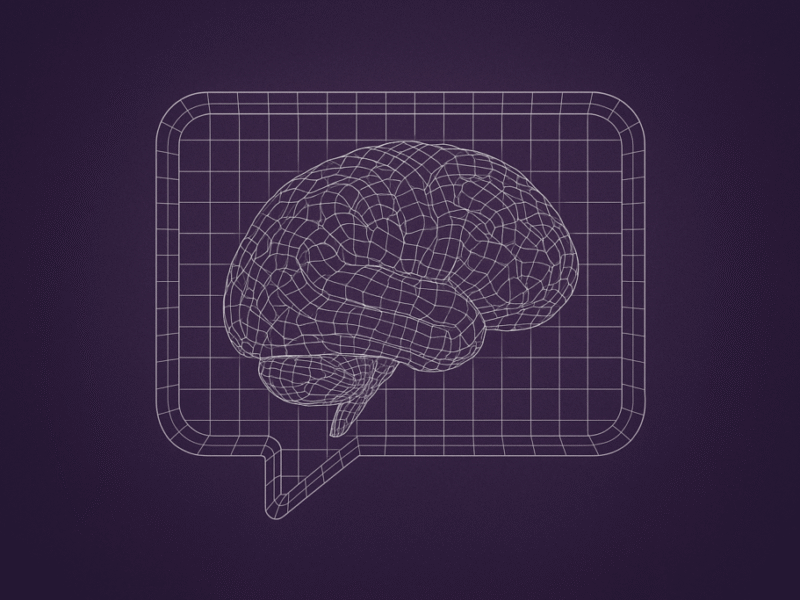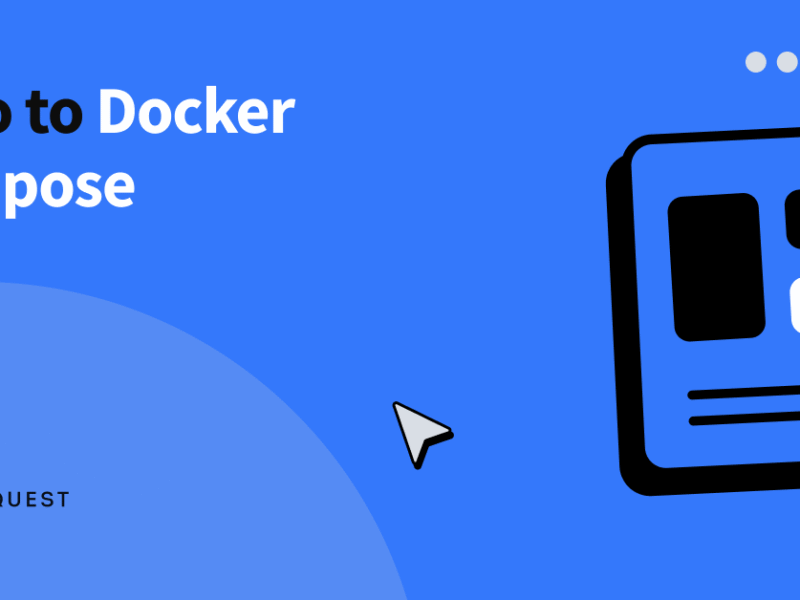The latest guest on our series is Madhura Raut, Lead Data Scientist and the seed engineer for global leader tech platform for human capital management. As an internationally recognized expert in artificial intelligence and machine learning, Madhura has made extraordinary contributions to the field through her pioneering work in labor demand forecasting systems and her role in advancing the state-of-the-art in time-series prediction methodologies. In this thoughtful interview, she describes how she has progressed in innovation teams at large financial technology enterprises to spearheading groundbreaking AI projects that have changed the way enterprises operate and created significant business value in a variety of industries.
Q: You’ve achieved remarkable recognition in the AI and ML field, particularly for your work on labor demand forecasting systems. What have been your remarkable contributions to the field?
Madhura Raut: My research has been in solving real world complex problems with novel approaches to AI that have broken the frontiers of what can be achieved in enterprise machine learning. As the founding ML engineer for a workforce optimization product at my company, I architected an AI-powered labor demand forecasting system that represents a significant advancement in the field of predictive analytics for human capital management.
This system implements novel ensemble learning techniques and dynamic algorithm selection methodologies that I developed, which have resulted in two patent applications. These innovations address fundamental challenges in time-series forecasting that hadn’t been adequately solved by existing approaches. The system enabled the system to predict with a much higher accuracy than industry standards, resulting in quantifiable operational efficiency as well as cost savings that translated directly to revenue uplift.
The technical innovation involves advanced time-series modeling, dynamic algorithm selection, and reinforcement learning components that maximize forecasting performance across diverse business contexts. This work has established new best practices for production machine learning in enterprise environments and has influenced how other organizations approach similar forecasting challenges.
Q: Your patent applications are of great value to the forecasting techniques. What are the contributions to the area of machine learning?
Madhura Raut: The patent applications focus on novel approaches to ensemble learning for time-series forecasting and multi-horizon prediction optimization,areas where traditional methods have significant limitations. The innovations solve underlying issues that have hindered the best performance of enterprise forecasting applications.
The first patent is based on the forecasting of future demand through the advanced time-series forecasts which consider the hierarchical reconciliation methods and quantification of uncertainty. The contribution of this work is to offer new frameworks to deal with complex temporal dependencies and multi-scale predictions at the same time, which is essential in the context of enterprise planning.
The second patent focuses on forecasting time-series data using ensemble learning methods that dynamically adapt to changing data characteristics. This is a marked improvement of the static ensemble methods, where systems can continue to perform optimally as the underlying patterns change.
Such approaches have demonstrated their usefulness in practical production settings, where they are used to process very large datasets and make accurate predictions under challenging operational conditions. The innovations have contributed to advancing the state-of-the-art in production machine learning and have influenced industry best practices for deploying AI systems at scale.
Q: You have established and managed ML teams that perform well. Why is your leadership style unique in the field of AI?
Madhura Raut: My leadership philosophy is focused on the idea of innovation and strict production standards, the balance of which is essential in the case of enterprise AI applications. As the seed ML engineer, I built a high performing team that owns the complete machine learning lifecycle, from algorithm research and state-of-the-art architecture design to data ingestion, modeling, CI/CD, monitoring, and iteration.
The difference is that my approach focuses on transforming the latest research into tangible business outcomes. I have developed measures to quantify the value of AI enhancement and prove ROI to cross-functional stakeholders and the executive leadership. This approach has served as an example of how AI teams can successfully present their work to business performance.
I have also been the first to implement methods of automated ML pipeline development to speed up the process of model retraining and the performance feedback loop, allowing quick adaptation to changing patterns. The systems and processes I have created have had an impact on how other organizations organize their ML engineering teams and roll out AI solutions into production.
The team that I created has garnered industry accolades in the areas of innovation and best practices and a number of these leaders have gone on to lead AI programs in other large technology firms proving the success of the leadership and development structures that I put in place.
Q: You operate in various fields, including financial technology and workforce management. In what way do you deal with innovation in various sectors?
Madhura Raut: I have worked in various industries, such as payment processing innovation teams, workforce optimization platforms, and more, and this has provided me with firsthand experience on how AI can be used to address a variety of business problems. This inter-industry outlook has played a significant role in coming up with new solutions that drive the field.
In financial technology, I was involved in real-time systems with extreme requirements in terms of performance and reliability. This experience with high-stakes AI systems shaped my understanding of how to construct enterprise-scale ML systems that would be able to perform well in harsh environments. One of the most high-profile examples of this was my work at Visa, where I helped develop a hands-free biometric payment system showcased at the prestigious Tokyo Olympics. This project combined Bluetooth Low Energy technology with facial recognition to enable thousands of athletes and staff to make secure, rapid purchases without ever touching a payment terminal – an early demonstration of how AI, IoT, and advanced cryptography can be fused to create frictionless, secure payment experiences at a global scale.
The shift to workforce management gave me an opportunity to use these lessons to face essentially new challenges that implied non-trivial time patterns and multi-dimensional optimization. The skill to recognise transferable methodologies and the possibility to adjust them to new areas has led to the development of innovations that merge the best practice of various disciplines.
This exchange of ideas has brought about radical approaches which would not have been possible in one field. Many of the novel techniques in our forecasting system emerged from adapting methodologies from other industries to workforce planning challenges, resulting in solutions that significantly advance the state-of-the-art.
Q: In addition to your technical work, you also created a large following in the form of travel blogging and content production. What does this add to your AI work?
Madhura Raut: The skills that my content creation work, especially travel blogging and photography, has helped me build have a direct impact on my ability to be an effective AI leader. The experience of running a platform with a following of about 100,000 followers on social media has also given me some valuable lessons on how to engage the audience, how to tell a story, and how to make dense information accessible to a wide range of audiences.
These communication abilities have been critical in AI leadership, where success can be measured by how well you can translate technical ideas into business terms and gain organizational support for complicated programs. The rigor of producing quality content on a regular basis has also ingrained the quality of detail orientation and process thinking that are essential in successful AI applications.
The international outlook that I have acquired after traveling extensively has helped me in shaping the way I construct diverse and inclusive teams and how AI solutions must be able to change based on the cultural and business environment. This has proved especially useful in creating systems that must be used in various markets and operational conditions.
Q: What do you think are the current trends in enterprise AI and how do you think you are making a difference in these trends as an expert in the field?
Madhura Raut: The trend that seems most noteworthy to me is the merging of sophisticated algorithmic methods with deployment realities. Organisations are shifting past proof of concept deployments into systems that can be scaled reliably and provide quantifiable business benefit.
I’m actively contributing to this evolution through my work on automated ML pipelines and robust production systems. The frameworks I’ve developed for managing model lifecycle, handling drift detection, and ensuring reliable performance in dynamic environments are becoming increasingly important as AI systems become more pervasive in business operations.
The other significant trend is not to consider AI as a layer of technology but to integrate it with the current business processes. The experience of constructing systems that flow naturally into operational processes and offer explainable answers to business users has laid down the methods that are being used by other organizations.
The emphasis on responsible AI deployment is also growing, and my work on developing interpretable ensemble methods and robust validation frameworks contributes to ensuring AI systems can be deployed safely and effectively in enterprise environments.
Q: What would you tell a budding AI practitioner, especially women who want to contribute something substantial to the field?
Madhura Raut: The best tip that I can provide is that one should concentrate on solving real problems and not only the existing techniques. Innovations that have the most significant impact are created because of a thorough comprehension of the problems of business and the creation of new ways to solve them efficiently.
In the case of women especially I would stress on the need to establish some form of visibility related to your work and contribution. This is necessary to bring out technical excellence but to make sure that your innovations are known and influential, you need to be active in the wider community by publication, speaking opportunities and industry involvement.
I would also promote the acquisition of cross-functional skills to supplement the technical skills. The skills of bridging the gap between technical potential and business needs, leading cross-functional teams, and communicating intricate concepts may be the difference between the end product of your efforts.
Lastly, do not underrate the worth of various experiences and opinions. The experience I gained in various industries as well as my experience in content creation have helped me to be an effective AI leader in aspects that I had not envisioned.
Q: What do you think are the greatest opportunities of AI to deliver transformative business value in the future?
Madhura Raut: The greatest opportunities lie in developing AI systems that can adapt and optimize complex business processes in real-time while providing transparent, actionable insights to decision-makers. We are no longer just doing prediction tasks but systems that can reason within a context, can deal with uncertainty, and can trade off between conflicting goals.
In particular, I am enthusiastic about the improvements in automated decision-making systems that allow directly taking into account business constraints and ethical considerations in their optimization formulations. The work I’m doing on reinforcement learning applications for resource allocation represents early steps toward these more sophisticated AI applications.
The intersection of AI and other emerging technologies such as IoT sensors, edge computing, advanced analytics platforms is opening up the possibility of more comprehensive and responsive business intelligence systems. Companies which will be able to properly implement these technologies but keep strong governance and interpretability frameworks will gain considerable competitive advantages.
The key is building AI systems that augment human decision-making rather than replacing it, providing insights and recommendations that enable better outcomes while remaining transparent and controllable. This necessitates further innovation in the algorithmic approaches and deployment strategies of which I intend to make substantial contributions in the future to further the field.

